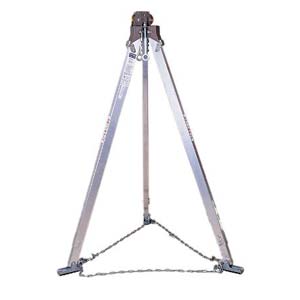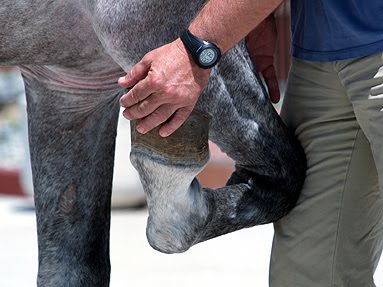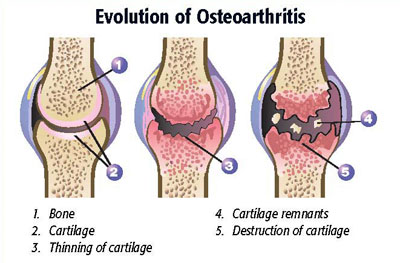Here’s the full question – “I have a horse who recently has started to straighten ‘lock’ his right or left fore leg while at the trot. It is random and only occasional. It lasts for a few strides and stops. he can the trot normally. There is no pain reaction and the horse movess off again fine. He does not do this when lunged. A couple of years past he was diagnosed with lymes disease, but afer treatment was fine and without symptoms. This started in December of last year. Nobody seems to be able to come up with a diagnosis or suggestion. What would your thoughts and suggestion be?”
Weird problems like the one your horse is showing, can be pretty hard to figure out, because, well, they’re weird. Veterinarians don’t get a chance to see weird problems very often, so they don’t stick out in anyone’s mind. As such, I’m not going to have an answer for you, just some suggestions.
The first thing that I’d do is make sure that the horse isn’t lame. This is the type of horse that might benefit from an exam with the Lameness Locator, a computerized device (which I have) that helps make the process of lameness diagnosis more objective. If your horse isn’t lame, then I might have a thorough neurologic exam conducted – sometimes, subtle neurologic problems can manifest themselves as gait problems. After that, it becomes a real crap shoot.
While the diagnosis of Lyme Disease can be pretty controversial in horses (another topic, I guess), it is certainly possible for horses to get reinfected. The thinking here is that if he had it once, and got better after was treated, it might be worth treating him again. Not genius stuff, but, like I said, your horse has a weird problem.
Another way to approach the problem would be to use time. They say, “Time heals all wounds,” and often, a bit of time off will heal problems that are hard to diagnose. On the other hand, it you increase the amount of exercise that your horse is getting, you might be able to make the problem more apparent, and easier to diagnose.
I hope that helps some – diagnosis isn’t easy to do over the e-waves. Regardless, I hope that the suggestions help some, and it would be great to hear back about what, if anything, you find out.







